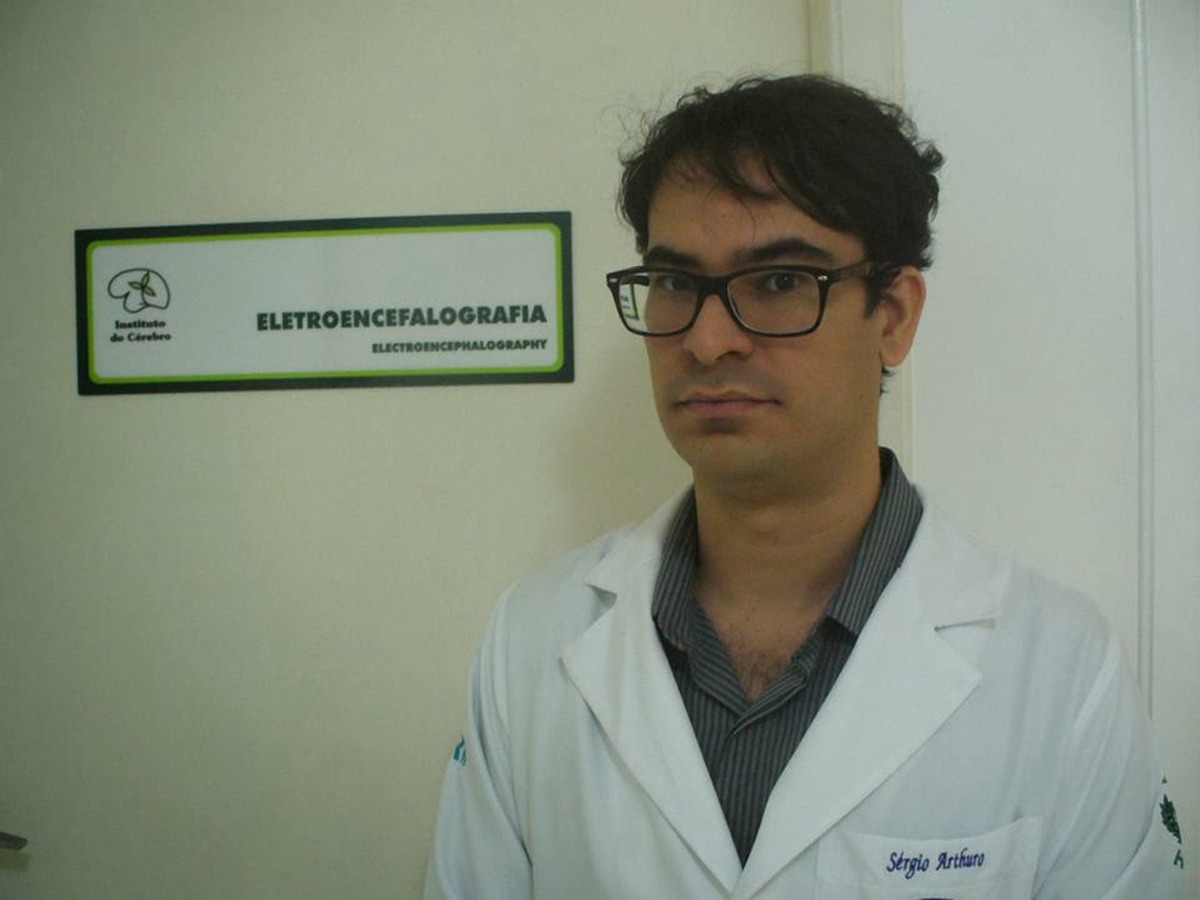Sergio Arthuro Mota-Rolim is a research collaborator at the Brain Institute and the Sleep Laboratory of the Onofre Lopes Hospital at the Federal University of Rio Grande do Norte (Brazil). The researcher is engaged in the study of dreams, lucid dreams (LD), and altered states of consciousness.
In his 2012 doctoral dissertation on LD, Mota-Rolim conducted a study for which he attracted 3,427 volunteers. The results showed that lucid dreaming is a relatively common experience, albeit often elusive and difficult to manage. Despite the difference in the number of cases of LD among Europeans, Asians, North Americans, and Latin Americans, the author concluded that LD is a universal phenomenon. It is quite difficult to provoke the LD, but it is possible, as shown in the case of one participant, using the suggestion technique. The EEG signals of this person showed bursts of alpha rhythms of the brain (which was not observed in other participants).
In recent studies, Mota-Rolim has emphasized that the practice of LD can positively affect the treatment of nightmares and other psychological disorders. The scientist has also raised the question of whether it is possible to consciously move your eyes during the REM sleep phase (this method is used to confirm the state of LD). In addition, the researcher describes various devices for stimulating LD, indicating that only one of them has been empirically tested with published results.
Mota-Rolim also looks at religious and philosophical issues, noting that the Abrahamic religions (Judaism, Christianity, and Islam) consider dreams to be a way of communicating with God, whereas traditional Indian religions (Buddhism and Hinduism) are more engaged in the development of self-consciousness, which is why they have developed special methods to stimulate LD.
Over the past year, together with fellow researchers, the scientist has been trying to answer the question of whether the phase state is a normal occurrence. The authors of the study divided unusual sleep-related conditions into three groups: physiological (including lucid dreams and false awakenings, which were classified as normal), pathological (among them, sleep paralysis), and altered states of consciousness.
What areas of research do you find most interesting? If you could offer scientists ideas for experiments, what topics would be on the list?
The scientist’s works are available on Google Scholar.
Get all the latest news about lucid dreams via our channels on Telegram, Facebook




